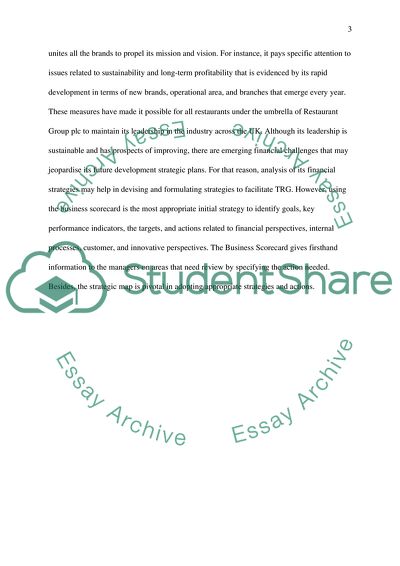Cite this document
(Business report for the Board of Directors Essay, n.d.)
Business report for the Board of Directors Essay. https://studentshare.org/finance-accounting/1867400-business-report-for-the-board-of-directors
Business report for the Board of Directors Essay. https://studentshare.org/finance-accounting/1867400-business-report-for-the-board-of-directors
(Business Report for the Board of Directors Essay)
Business Report for the Board of Directors Essay. https://studentshare.org/finance-accounting/1867400-business-report-for-the-board-of-directors.
Business Report for the Board of Directors Essay. https://studentshare.org/finance-accounting/1867400-business-report-for-the-board-of-directors.
“Business Report for the Board of Directors Essay”. https://studentshare.org/finance-accounting/1867400-business-report-for-the-board-of-directors.


